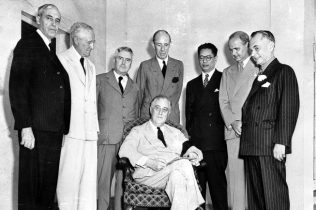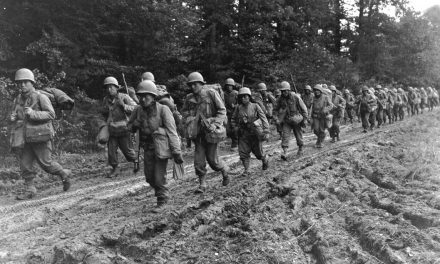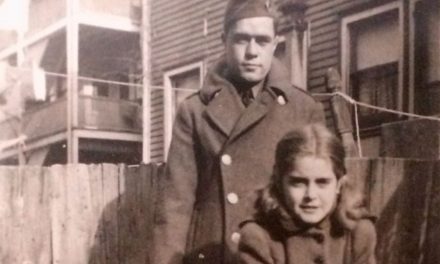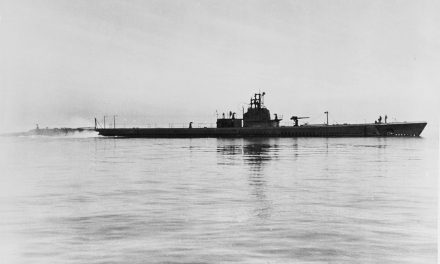The Pacific War Council had its fourth meeting yesterday in Washington, where foreign representatives struck surprisingly optimistic tones despite recent battlefield setbacks. The Allies focused on the conduct of the war and appear pleased with its progress.
The Soviet ambassador, Maxim Litvinov, expressed his satisfaction that the supply of shipments from America to Russia were better now than they had been after a conference with President Roosevelt. When asked if he and the president had discussed strategy, Litvinov did not disclose specifics but commented that they had “discussed everything in a general review of the situation.”
Russian forces are currently bearing the brunt of Axis attacks as they fend off the major German offensive that began last summer, leaving them in greatest need of American aid. In February, American munitions shipments to Russia were 50 percent below the level that had been promised. Litvinov told reporters than the shipments were more satisfactory now. The amount of munitions the Soviets received in March was two and a half times larger than in February.
No details of the Pacific War Council’s future strategy have been revealed to the public (for fear of aiding the enemy), but Lieutenant Governor General Hubertus J. van Mook of the Netherland Indies claims that United Nations operations in the South Pacific have contributed to the halt of Japanese forces marching toward Australia.
The Australian people were “much more confident than they were a month ago,” van Mook said, while preparing to return to London to report to his government.

President Roosevelt (seated) with representatives (from left to right) of Australia, Canada, New Zealand, Britain, China, the Netherlands, and the Philippines, at a meeting of the Pacific War Council. From Wikimedia Commons.
President Roosevelt met briefly with multiple ambassadors to discuss strategy. Dr. T. V. Soong, Chinese foreign minister, and Lieut. General Hsiung Shih-hui, head of the Chinese military, met with Roosevelt followed by van Mook and the Netherland minister, Dr. A Loudon. Roosevelt and his close adviser Harry Hopkins lunched with the members of the British government, who were in Washington to work with American officials on war production problems.
Since the Pacific War Council’s first meeting on April 8, the president has referred to it as a layman’s group focused not on running the war but functioning as a consultative body. The military strategy remains up to the high command in the field.
But the council plays an important diplomatic role. As shown in the cheerful disposition of the ambassadors leaving yesterday’s meeting, the council reinforces the bonds of the United Nations and builds confidence in this international alliance. The council can also discuss political questions and work toward a single central strategy for the Pacific area.
This camaraderie in Washington reassures countries most in danger of attack, by making sure that their requests for aid or reinforcements have been fully heard and considered.
After this fourth meeting, Roosevelt specified that steps had been taken to hear pleas from Australia and New Zealand for more representation on the Munitions Assignment Board, which decides how American military materiel is distributed to the combat zones.
Nations will have the opportunity to go in front of the Munitions Board and make their case before final distribution is decided, Roosevelt said.
Sources:
“Hopkins Report.” (1942, Apr 22). The Manchester Guardian. http://search.proquest.com.ezproxy.shu.edu/docview/485030543?accountid=13793
“The Pacific Council.” (1942, Apr 08). New York Times. http://search.proquest.com.ezproxy.shu.edu/docview/106486687?accountid=13793
W.H.T. LAWRENCE. (1942, Apr 22). “War conferences held by the president.” New York Times. http://search.proquest.com.ezproxy.shu.edu/docview/106254105?accountid=13793





